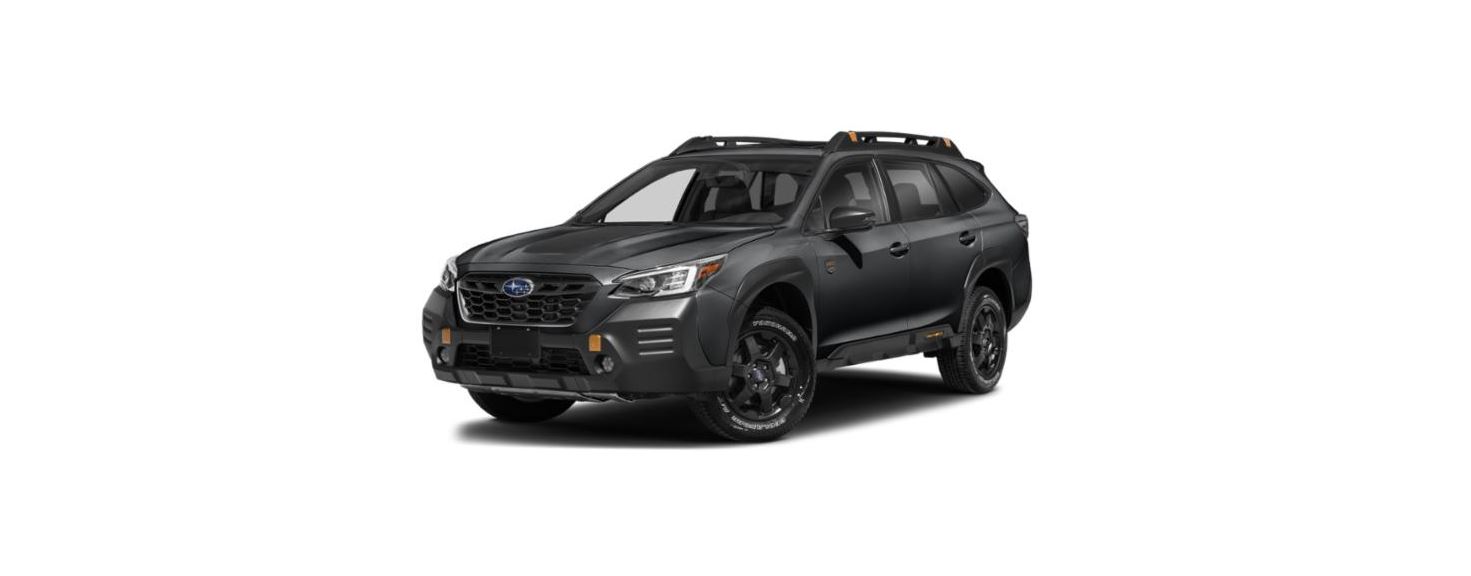2022 Subaru Outback Starting and Stopping the Engine (Models without Push-Button Ignition Switch)
 Starting and Stopping the Engine (Models without Push-Button Ignition Switch)
Starting and Stopping the Engine (Models without Push-Button Ignition Switch)
General Precautions When Starting/Stopping Engine
WARNING
- Never start the engine from outside the vehicle (except when using the remote engine start system). It may result in an accident.
- Do not leave the engine running in locations with poor ventilation, such as a garage and indoors. The exhaust gas may enter the vehicle or indoors, and it may result in carbon monoxide poisoning.
- Do not start the engine near dryfoliage, paper, or other flammable substances. The exhaust pipe and exhaust emissions can create a fire hazard at high temperatures.
CAUTION
- If the engine is stopped during driving, the catalyst may overheat and burn.
- When starting the engine, be sure to sit in the driver’s seat (except when using the remote engine start system).
NOTE
- Avoid racing and rapid acceleration immediately after the engine has started.
- Until the engine is warmed up sufficiently, the engine speed is maintained high. The engine speed will gradually drop as the engine warms up.
- On rare occasions, it may be difficult to start the engine depending on the fuel used and the driving condition (repeated short trips when the engine is not warmed up sufficiently). In such a case, it is recommended to switch to a different brand of fuel.
- On rare occasions, transient knocking may be heard from the engine when the accelerator is operated rapidly such as a rapid start-up and a rapid acceleration. This is not a malfunction.
- The engine starts more easily when the headlights, air conditioner and rear window defogger are turned off.
Starting Engine
CAUTION
Do not operate the starter motor continuously for more than 10 seconds. If the engine fails to start after operating the starter for 5 to 10 seconds, wait for 10 seconds or more before trying again.
NOTE
- It may be difficult to start the engine when the battery has been disconnected and reconnected (for maintenance or other purposes). This difficulty is caused by the electronically controlled throttle’s self-diagnosis function. To overcome it, keep the ignition switch in the “ON” position for approximately 10 seconds before starting the engine.
- Do not shift the select lever while the starter is cranking.
CAUTION
If you restart the engine while the vehicle is moving, shift the select lever into the “N” position. Do not attempt to place the select lever of a moving vehicle into the “P” position.
- Apply the parking brake.
- Turn off unnecessary lights and accessories.
- Shift the select lever to the “P” or “N” position (preferably “P” position). The starter will only operate when the select lever is at the “P” or “N” position.
- Turn the ignition switch to the “ON” position and check the operation of the warning and indicator lights. Refer to “Warning and Indicator Lights” P179.
- Turn the ignition switch to the “START” position without depressing the accelerator pedal. Release the key immediately after the engine has started. If the engine does not start, perform the following procedure.
- Turn the ignition switch to the “LOCK” position and wait for at least 10 seconds. After checking that the parking brake is applied, turn the ignition switch to the “START” position while depressing the accelerator pedal slightly (approximately a quarter of the full stroke). Release the accelerator pedal as soon as the engine starts.
- If this fails to start the engine, turn the ignition switch back to the “LOCK” position and wait for at least 10 seconds. Then fully depress the accelerator pedal and turn the ignition switch to the “START” position. If the engine starts, quickly release the accelerator pedal.
- If this fails to start the engine, turn the ignition switch again to the “LOCK” position. After waiting for 10 seconds or longer, turn the ignition switch to the “START” position without depressing the accelerator pedal.
If the engine still does not start, contact your nearest SUBARU dealer for assistance.
- Confirm that all warning and indicator lights have turned off after the engine has started. The fuel injection system automatically lowers the idle speed as the engine warms up. While the engine is warming up, make sure that the select lever is at the “P” or “N” position and that the parking brake is applied.
Stopping the Engine
The ignition switch should be turned off only when the vehicle is stopped and the engine is idling.
WARNING
Do not stop the engine when the vehicle is moving. This will cause a loss of power to the power steering and the brake booster, making steering and braking more difficult. It could also result in accidental activation of the “LOCK” position on the ignition switch, causing the steering wheel to lock.
- Stop the vehicle completely.
- Move the select lever to the “P” position.
- Turn the ignition switch to the “LOCK/ OFF” position. The engine will stop, and the power will be switched off.
Steering Lock
After stopping the engine and the key is removed from the ignition switch, the steering wheel will be locked due to the steering lock function.
When the engine is restarted, the steering lock will be automatically released. When the steering lock cannot be released When you cannot unlock the steering wheel, perform the following steps.
- Check that the parking brake is applied.
- Turn off unnecessary lights and accessories.
- Check that the select lever is set in the “P” position.
- Depress the brake pedal and keep it depressed.
- Turn the ignition switch to the “ON” position while turning the steering wheel left and right.
If you cannot unlock the steering wheel by doing the steps, contact your nearest SUBARU dealer
